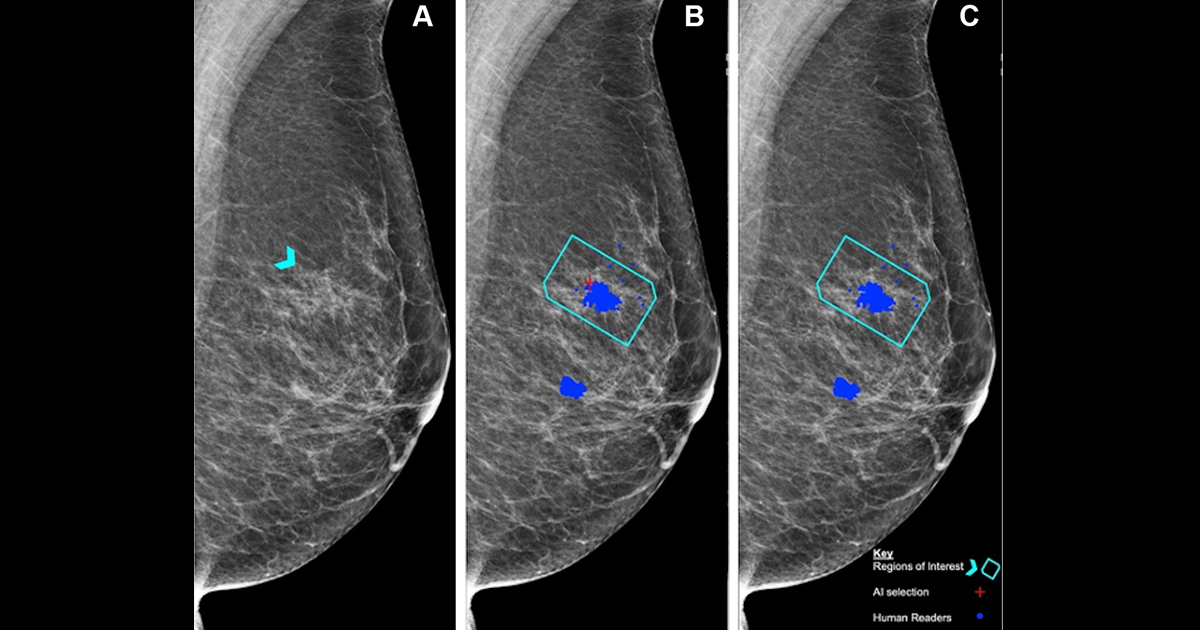“A scientific collaboration has resulted in the construction of a synthetic DNA nanopore capable of selectively translocating protein-size macromolecules across lipid bilayers”.
Through a synthetically designed transmembrane protein, nanopore sequencing allows DNA strands to be channeled through the central lumen of the pore. In 2015, a British technology company introduced commercially, the first DNA sequencing device with nanopores, representing a critical advance after decades of research.
One of the current alternatives in research on this subject is through a technique based on artificial folding of DNA in complex structures. This advancement has been called origami 3D technique, and compared to other methods, its design space for the construction of nanostructures mimics and expands natural complexes.

According to their paper published in Nature Communications, they report on the advancement in the creation of a large synthetic nanopore made of DNA, capable of transporting large macromolecules. In addition, they introduced a functional gate system inside the pore for the detection of molecules. As such techniques progress, targeted insertion of controllable fins specifically into diseased cells will be possible in the future.






